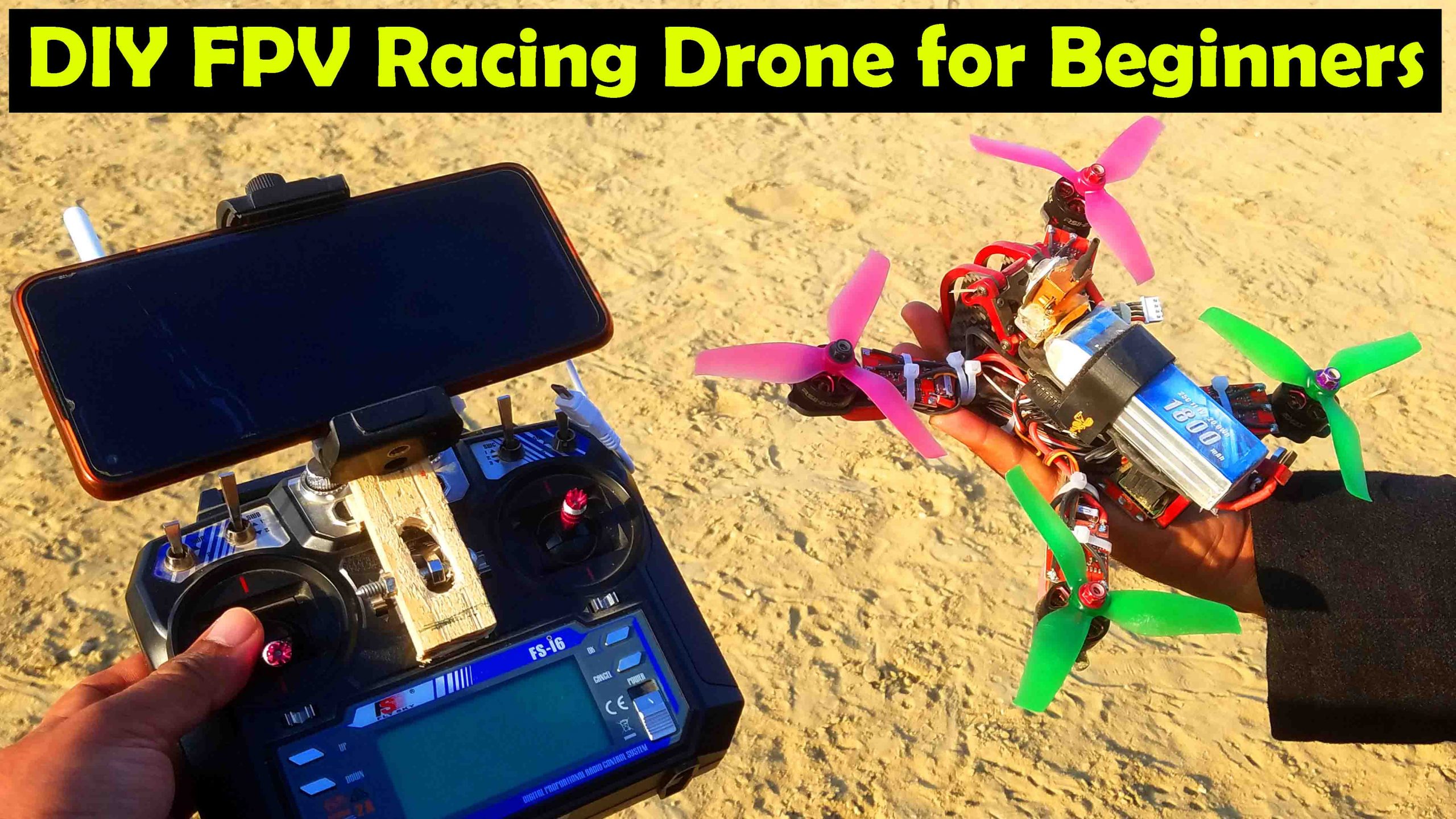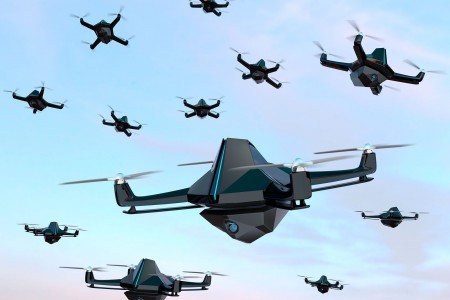
There are many different RQ-4 Global Hawk variants, including Block 20 or 30 versions. This article provides information on the RQ-4A Global Hawk Block 20 & 30, as well as the RQ-4N marinized. The Global Hawk is used to conduct reconnaissance missions, but it is also used in a variety of different operations. These models, the block 20-30 and 30, are the most common.
RQ-4A Global Hawk
Northrop Grumman has developed the RQ-4A Global Hawk, an unmanned aerial vehicle. It provides persistent near-real-time coverage and is capable of using imagery, signals, and moving target indicator sensors. The Japanese military has already ordered three unmanned aerial vehicles, the Global Hawk. It will provide intelligence collection capabilities for joint combatant forces involved in peacetime, crisis, and contingency operations around the world. It can also be used to cooperatively address common regional challenges.
The RQ-4A Global Hawk is one of the most frequently used versions of the aircraft. Its combat hours have exceeded 6,500 and it has been in operation since 2001. The aircraft is expected to be deployed to Afghanistan as soon as 2006. The RQ-4B aircraft was designed for long-term operation and can carry a payload of up to 3 tons. Two ground control elements are included in the aircraft's design, as well as an enhanced integrated sensor suite payload.
RQ-4B Block 20
The Global Hawk is an unmanned aerial vehicle developed by the United States Air Force. The RQ-4A is an unmanned aerial vehicle that was first delivered to US Navy in 2005. The USN decided to purchase two of these aircraft. These aircraft are equipped with an AESA radar from Northrop Grumman, Raytheon electro-optic/infrared sensors, and a communications suite developed by L-3 and Sierra Nevada Corp.

The Euro Hawk is built on the Globalhawk RQ-4B Block 20 UAV by Northrop Grumman. It is one of the most powerful military UAVs on the planet. The Euro Hawk was modified in order to meet German requirements. It cost 600 to 800 million euros to build. Global Hawk RQ-4B Block 20 carries out surveillance, reconnaissance, as well as reconnaissance missions.
RQ-4N marinised variation of the RQ-4A Global Hawk
Northrop Grumman created the Block 0 variant, or 'Global Hawk,' of the RQ-4 as part the Advanced Concept Technology Demonstration(ACTD) program in 1997. Its primary purpose was to design an autonomous U-2 spy airplane that could operate anywhere in this world. Global Hawk was a great success. It flew its first test flights 9 September 2003. The production speed of the Global Hawk was improved, with more than a dozen built in one year.
Block 10 Global Hawk's construction was completed in May 2007. These 16 aircraft were purchased by the American Air Force. The last of them entered service on 26th July 2006. Specific specifications were set forth for the block-ten variant. There are 59 RQ-4A varieties in use. Only seven of these are still in operation. Its predecessor, RQ-4A, was also upgraded into the RQ-4B.
RQ-4C Block 30,
The US Air Force has taken the Global Hawk RQ-4C Block 30 out of operational service. This unmanned aircraft vehicle was once the only U.S.-designed aircraft capable of intercepting spy planes and missiles. The RQ-4C Block 30 aircraft has been reengineered, and it will now fly missions. It can carry an internal payload of 3,000 pounds. It will be the 17th Global Hawk to fly. Block 20 was the first to fly on 1 March 2007. The development testing for this aircraft took place in 2008 as well as 2009.

In June, four Global Hawk RQ-4C Block 30 planes were produced by USAF. The first pair of aircraft is expected to be delivered in 2018, the second in 2019. The aircraft will come equipped with the most current sensors and equipment, such as the Enhanced Integrated Sensor Suite. Its new capabilities will give the Japanese military the advantage in a wide range of combat and intelligence operations. Its versatility makes it a valuable asset for the Japanese air force.
FAQ
Can I fly my drone indoors?
Yes, you can fly your drone indoors. Your home should be free from obstacles and hazards. Avoid flying near heating vents, heating vents and air conditioning units.
Where are Drones Banned?
The FAA has banned drones from flying near airports, stadiums, sporting events, nuclear power plants, hospitals, prisons, and other restricted areas. They are allowed to fly at night by using GPS technology.
Can I fly my drone around my neighborhood?
Yes! These are called UAVs (unmanned aircraft vehicles). There are many options for drones, from small quadcopters to larger fixed-wing aircraft. The FAA recently updated its rules regarding commercial UAV use. You can now legally fly them to business purposes. Be aware that UAVs operating near airports could cause interference to air traffic control systems. You must get permission from the authorities before you can fly one.
Is it illegal to fly a drone?
Yes, it is illegal to fly drones in some countries like Australia, Canada and New Zealand. However, it is legal in other countries like France, Italy, Netherlands, Poland, Russia, Switzerland, Turkey, Ukraine, and Vietnam.
Statistics
- According to the multiple listing service (MLS), houses and apartments with drone photographs are up to 68 percent more likely to sell than those without pictures. (thedroneu.com)
- According to Indeed, a drone pilot gets paid $25.73 per hour on average in the US. (dronesgator.com)
- Research and Markets predict a growth rate of 51.1% over the next five years. (thedroneu.com)
External Links
How To
How Do I Clean My Drone?
These are some tips to help you clean your drone. This guide will teach you how to extract every bit from your drone.
-
Make sure you have the right tools. Before you begin anything, ensure you have all of the necessary tools. A soft toothbrush (or a toothbrush), and a cleaning solution (we recommend using WD40).
-
Take out the battery pack. The first thing you need to do is remove the battery from the drone's bottom. It's usually quite easy to find the battery under the propeller, so don't worry if you're unsure where it is. Take care to not loose any screws while removing it.
-
You will need to remove all parts. Next, you'll need to carefully remove all of the parts from the underside of your drone. Be sure to secure all parts securely, or they could come off as you clean the drone.
-
Use a cleaner. Now, clean your drone. Before doing so, we recommend using a cleaning solution such as WD40. Spray the entire surface with the cleaner. Make sure you get in between every part. Let it dry completely before you put everything back together.
-
Install the battery. Once you have cleaned the drone, make sure to put it back in its place. You'll be able test the drone's performance after it has been cleaned.